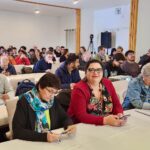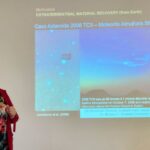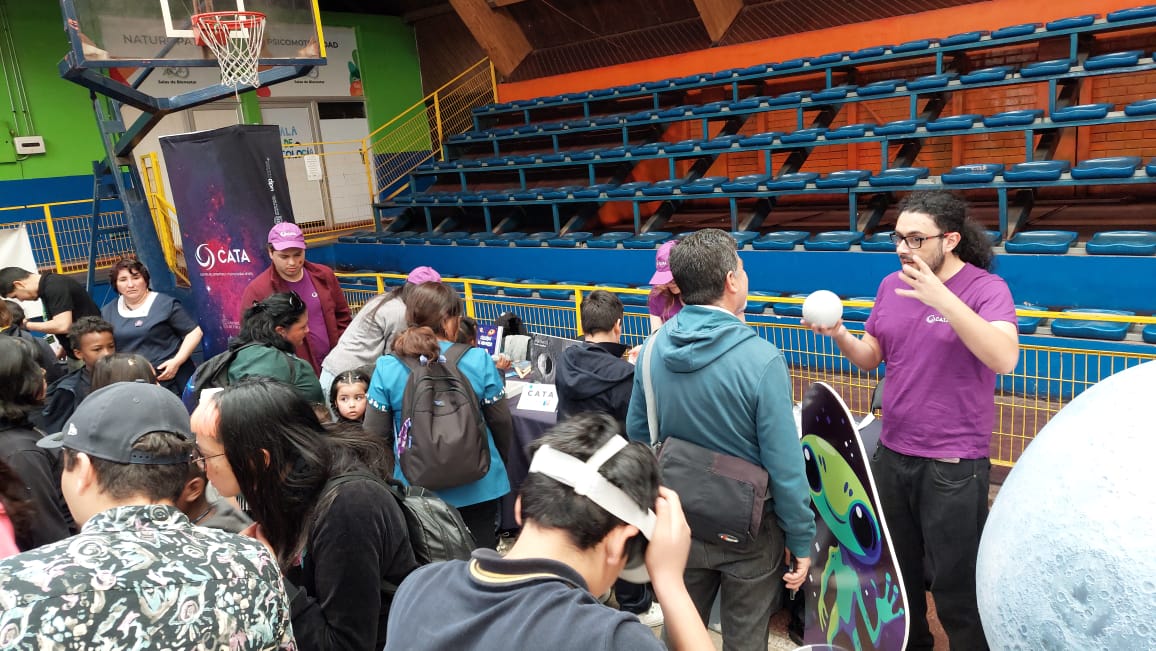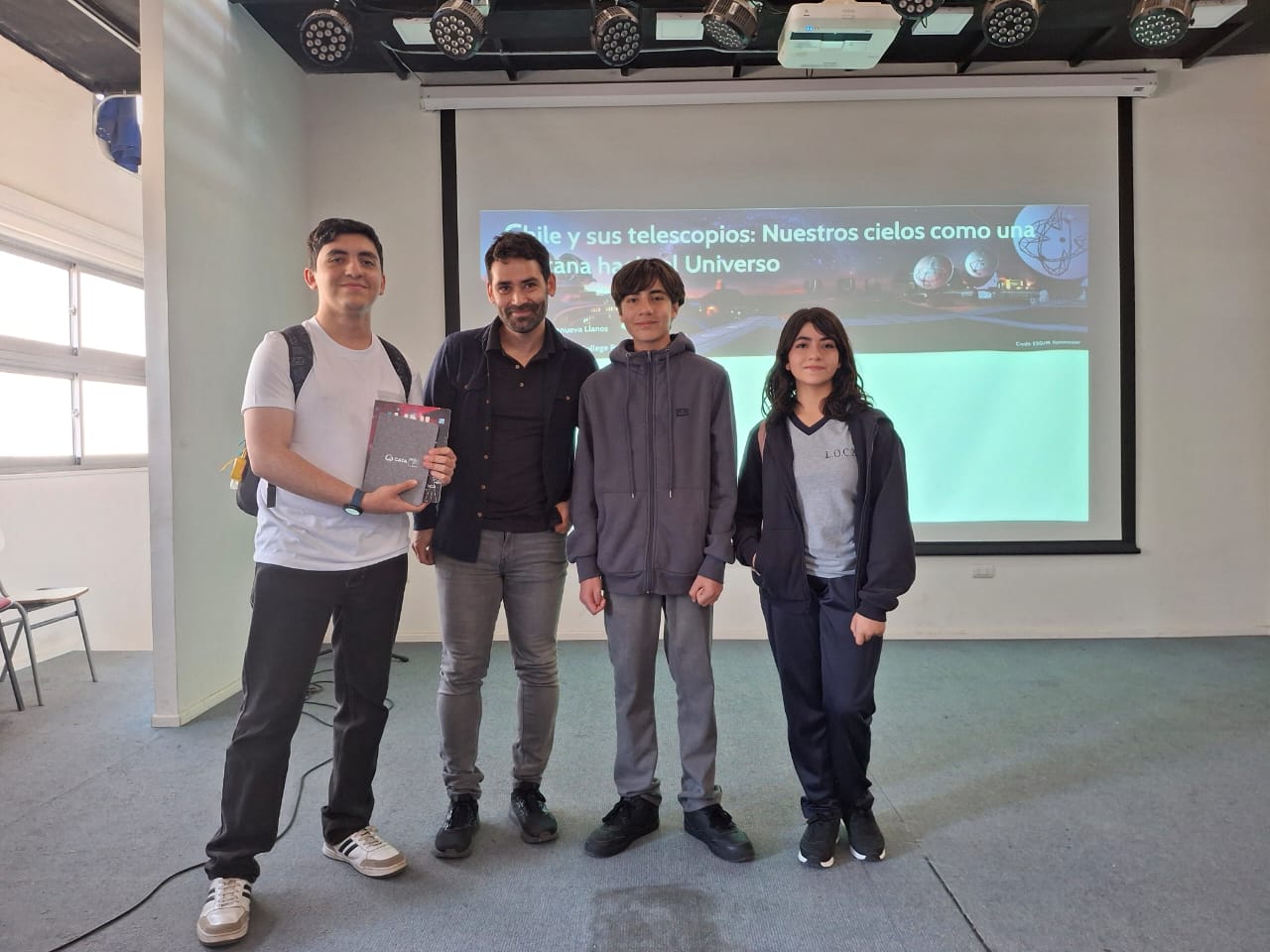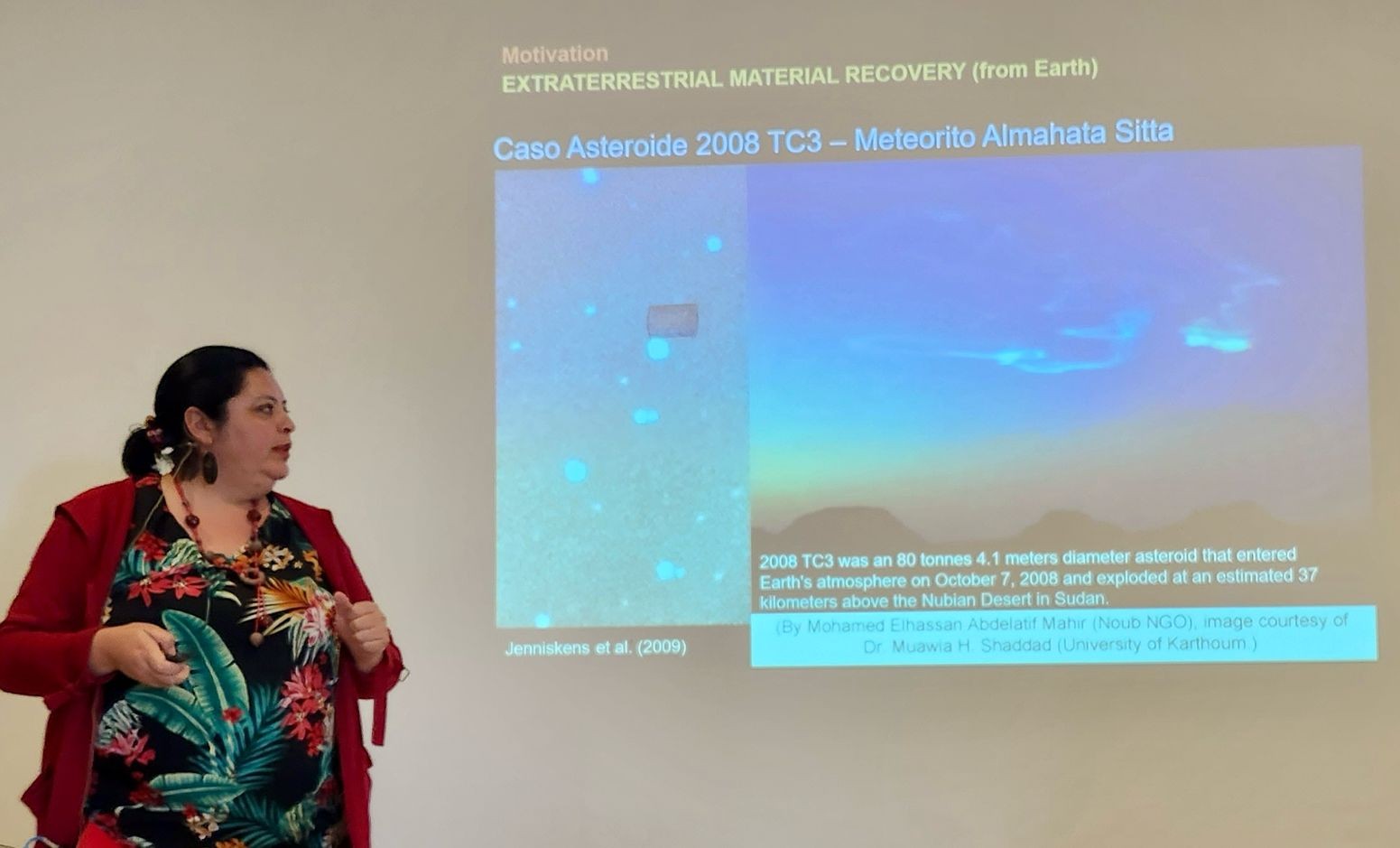
CATA Associate Researcher participated in ADeLA 2025 meeting
Millarca Valenzuela, Associate Researcher at the Center for Astrophysics and Related Technologies (CATA) actively participated in ADeLA, a meeting that brought together experts from all over Latin America to share advances in astrometry, stellar dynamics and bolide detection, among other key topics in astronomy and astrophysics.
Geologist Dr. Millarca Valenzuela, Associate Researcher at the Center for Astrophysics and Related Technologies (CATA) and academic at the Universidad Católica del Norte (UCN), was one of the outstanding participants in the 2025 edition of Dynamic Astronomy in Latin America (ADeLA), an event that brought together professionals and researchers from the continent around the latest research in astrometry and dynamic astronomy.
The event was held from April 7 to 11, 2025 at the Vitrali Beach facilities in Caldera, Atacama Region, combining academic activities with spaces for coexistence and collaboration, holding scientific sessions during daytime and evening sessions.
ADeLA aims to share discoveries, recent research and review the state of the art in Astrometrics and Dynamical Astronomy. As well as being a space for funding opportunities and collaborations in areas such as reference systems, astronomical catalogs, interferometry, satellite and space debris detection, and the study of the solar system, including bolide detection networks. The event was also accompanied by an advanced workshop on astrophysics with Gaia catalog data and machine learning tools for graduate students.
Valenzuela participated with the talk: “First Meteorite Search for the Detection of a Fireball by the Multinational Allsky Camera”, in which he presented the first systematic search in Chile for meteorites associated with a fireball captured by the multinational network of Fripon-Andino cameras.
The event that motivated this expedition occurred on November 12, 2024, when a fireball was captured north of La Serena by cameras located at the El Sauce and La Silla observatories. With these data it was possible to reconstruct the trajectory of the meteoroid and estimate its impact zone. The search for fragments was carried out between December 2 and 5 by an interdisciplinary team of 10 people, covering difficult terrain in the coastal mountain range, without success, but leaving a valuable experience for future campaigns in different terrains.
In addition to his presentation, Valenzuela participated in the entire meeting, highlighting the high participation of young researchers and established scientists. “It was a satisfying experience. The immersive format, with the possibility of sharing at all times, was an excellent strategy to get to know each other and generate scientific and human reflections between seniors and young people,” he commented.
Finally, he underscored the importance of this type of meetings for relevant areas such as stellar dynamics, astrometry, near-Earth asteroid studies and space debris, topics that are increasingly relevant in the context of global scientific and technological development.
Recent news
-
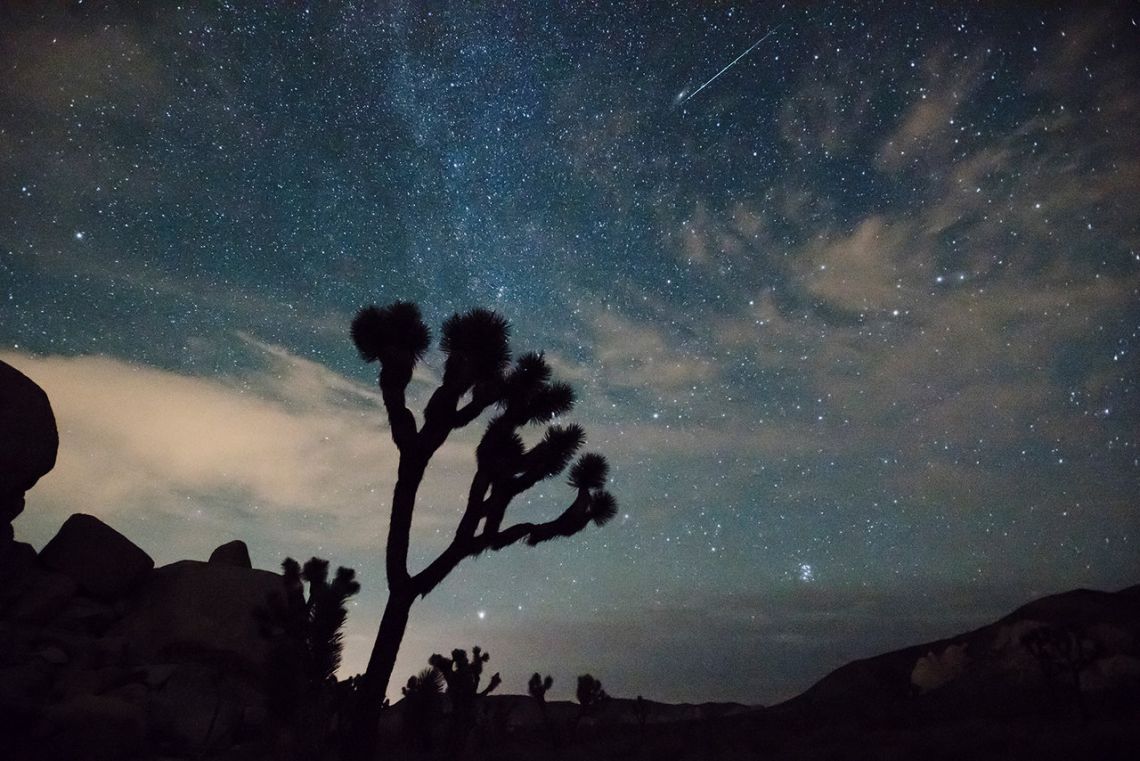 Publicado el: 15/11/2025Leonids meteor shower 2025: What are they, when will they be visible from Chile, and what can we learn from them?
Publicado el: 15/11/2025Leonids meteor shower 2025: What are they, when will they be visible from Chile, and what can we learn from them? -
 Publicado el: 13/11/2025CATA researcher strengthens international ties during visit to the Center for Astrobiology in Madrid
Publicado el: 13/11/2025CATA researcher strengthens international ties during visit to the Center for Astrobiology in Madrid -
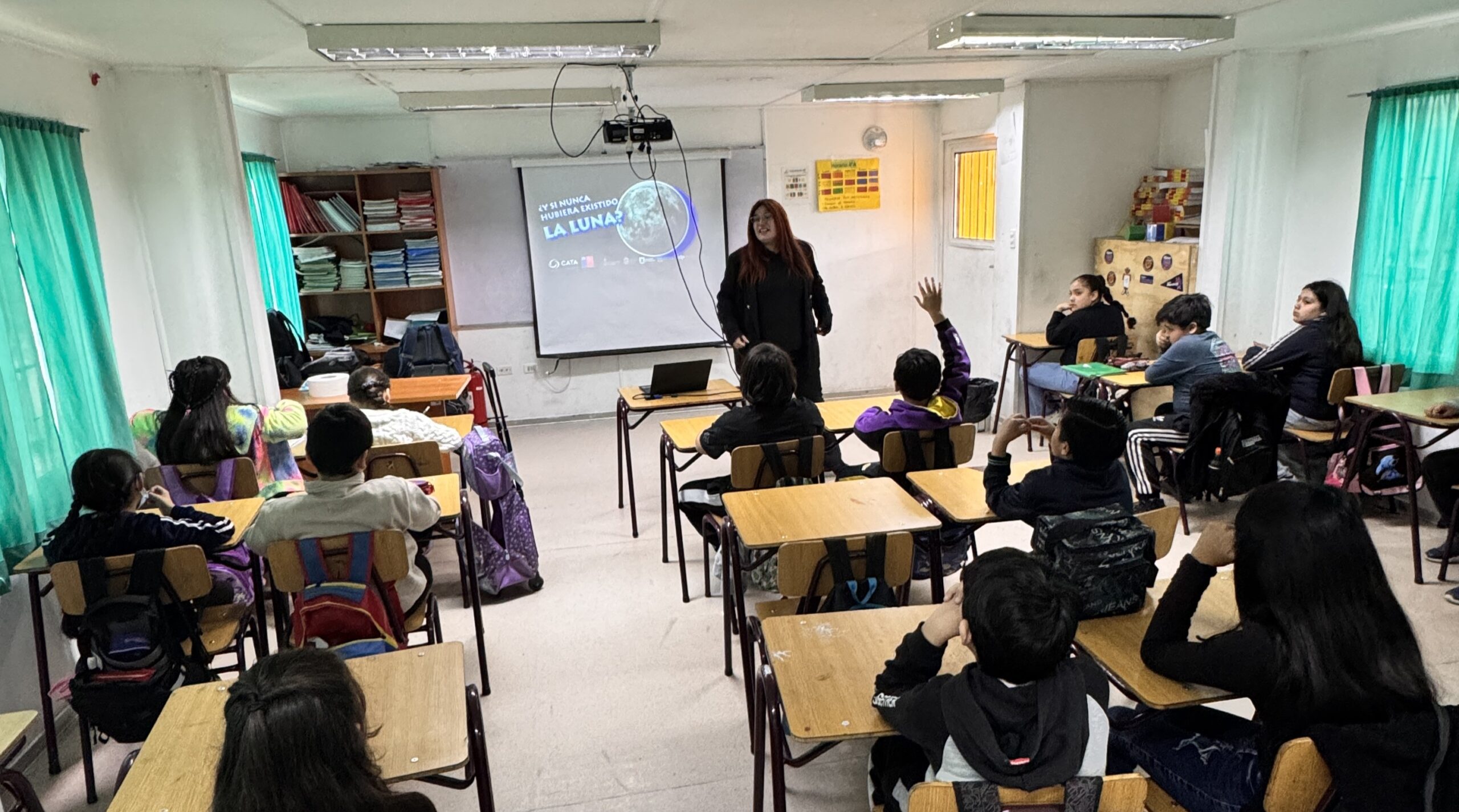 Publicado el: 12/11/2025Fourth graders learned what would happen if the Moon did not exist
Publicado el: 12/11/2025Fourth graders learned what would happen if the Moon did not exist -
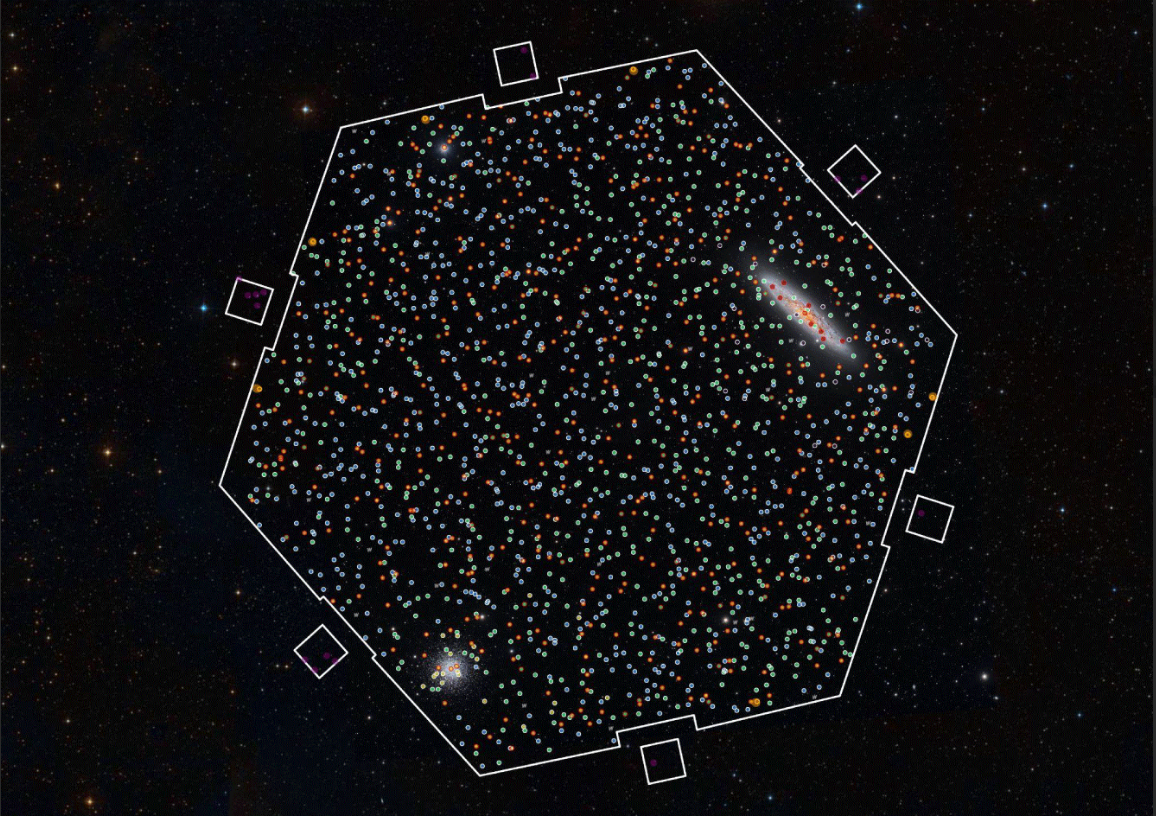 Publicado el: 29/10/2025Chile celebrates the first light of 4MOST: two major projects involving CATA astronomers begin to explore the Universe
Publicado el: 29/10/2025Chile celebrates the first light of 4MOST: two major projects involving CATA astronomers begin to explore the Universe -
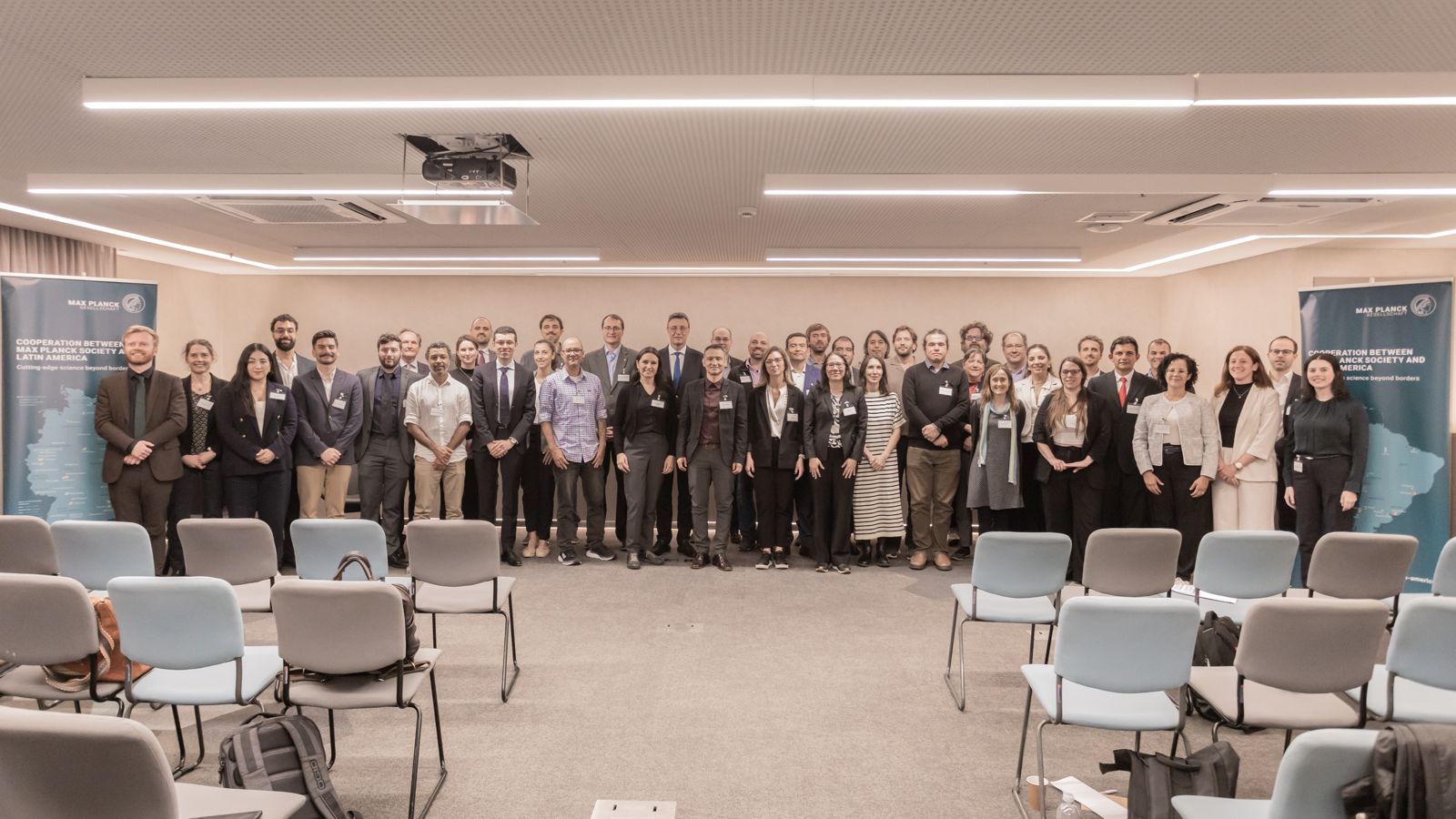 Publicado el: 24/10/2025CATA researcher participated in Max Planck regional meeting in Brazil
Publicado el: 24/10/2025CATA researcher participated in Max Planck regional meeting in Brazil
Categories list
- Acknowledgments 21
- Astrobiology 6
- AstroCluster 1
- Black holes 18
- Corporativo 57
- Cosmology 5
- Descubrimientos 22
- Disclosure 71
- Exoplanets 13
- Extension 4
- Galaxies 21
- Galaxies formation 5
- Inter y Transdisciplina 4
- Local Universe 16
- Publications 6
- Sin categorizar 34
- Solar System 21
- Stellar formation 8
- Technology 14
- Technology Transfer 16
